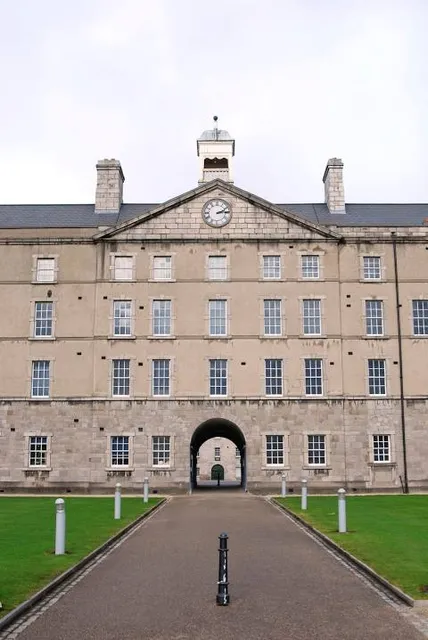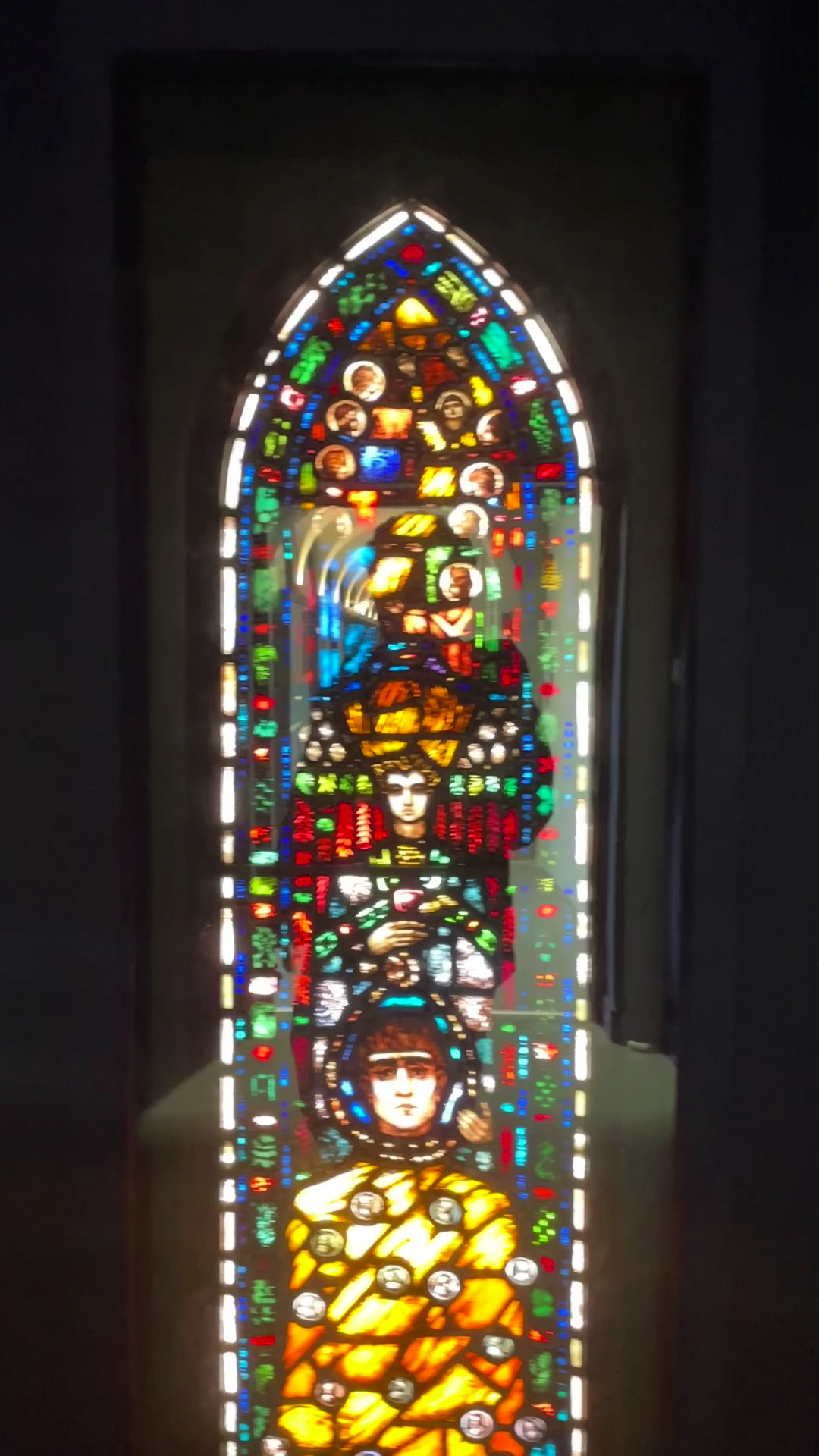National Museum of Ireland-Decorative Arts & History things to do, attractions, restaurants, events info and trip planning
Basic Info
National Museum of Ireland-Decorative Arts & History
Collins Barracks, Benburb St, Stoneybatter, Dublin, D07 XKV4, Ireland
4.6(2.8K)
Closed
Save
spot
spot
Ratings & Description
Info
The National Museum of Ireland – Decorative Arts and History is a branch of the National Museum of Ireland located at the former Collins Barracks in the Arbour Hill area of Dublin, Ireland.
Cultural
Accessibility
Family friendly
attractions: Arbour Hill Cemetery, James Joyce Bridge, Anna Livia, Seán Heuston Bridge, Pearse Lyons Whiskey Distillery, Bridgefoot Street Park, Smithfield Square, St Michan's Church of Ireland, St. Audoen's Park, restaurants: Social Fabric Cafe, Fish Shop, L. Mulligan Grocer, Walsh's, PHX Bistro, Grano, SLICE, Iveagh Bistro, Spice India Stoneybatter, Stone Korea
 Learn more insights from Wanderboat AI.
Learn more insights from Wanderboat AI.Phone
+353 1 677 7444
Website
museum.ie
Open hoursSee all hours
Sun1 - 5 PMClosed
Plan your stay

Pet-friendly Hotels in Dublin
Find a cozy hotel nearby and make it a full experience.

Affordable Hotels in Dublin
Find a cozy hotel nearby and make it a full experience.
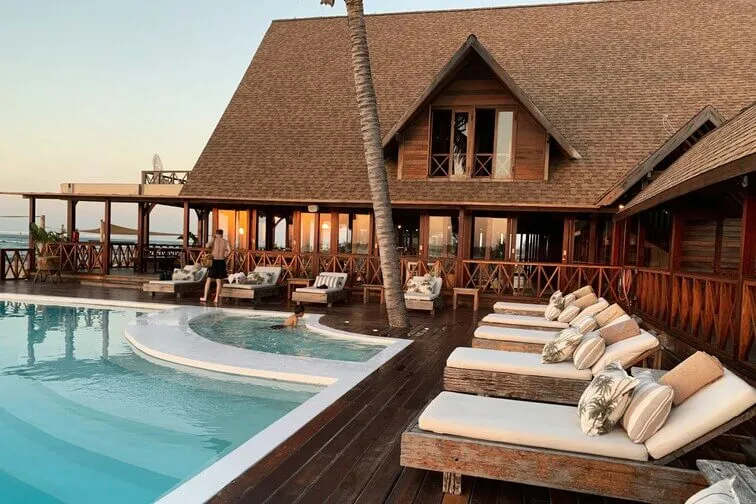
The Coolest Hotels You Haven't Heard Of (Yet)
Find a cozy hotel nearby and make it a full experience.

Trending Stays Worth the Hype in Dublin
Find a cozy hotel nearby and make it a full experience.
Reviews
Nearby attractions of National Museum of Ireland-Decorative Arts & History
Arbour Hill Cemetery
James Joyce Bridge
Anna Livia
Seán Heuston Bridge
Pearse Lyons Whiskey Distillery
Bridgefoot Street Park
Smithfield Square
St Michan's Church of Ireland
St. Audoen's Park
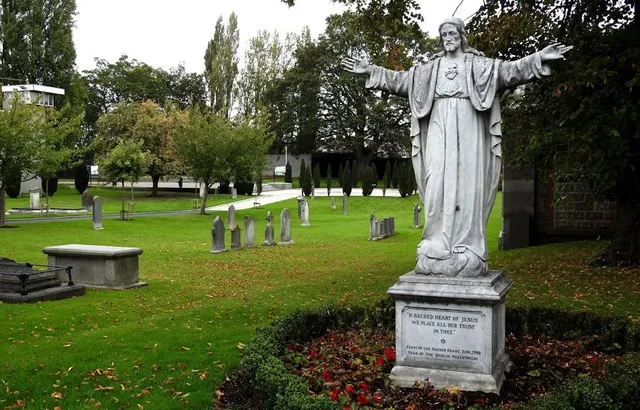
Arbour Hill Cemetery
4.8
(28)
Closed
Click for details
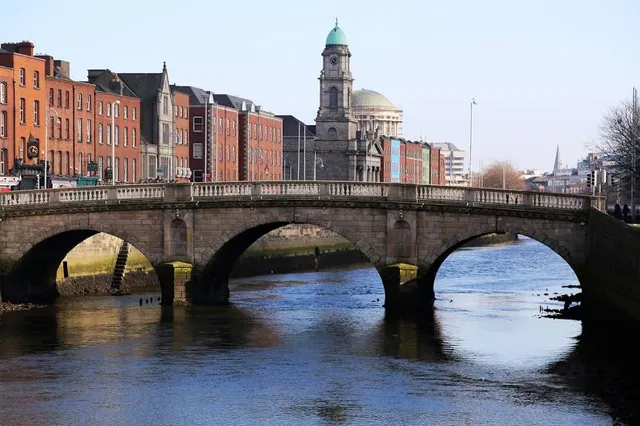
James Joyce Bridge
4.4
(202)
Open 24 hours
Click for details
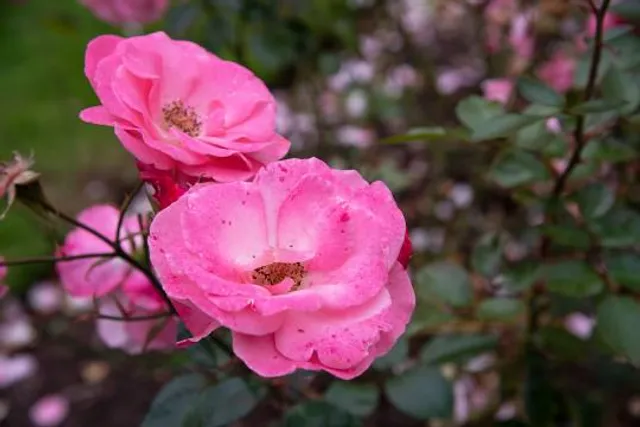
Anna Livia
4.4
(77)
Closed
Click for details
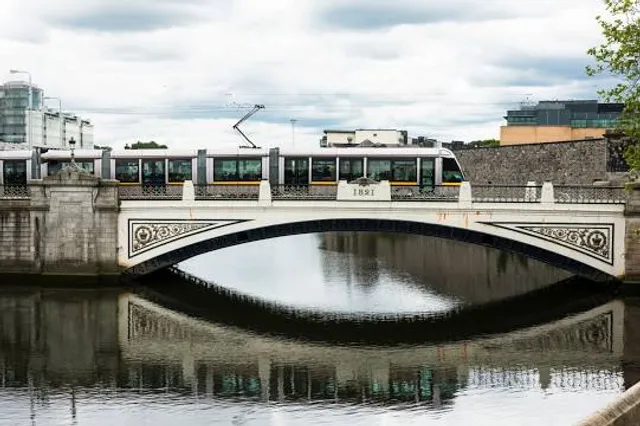
Seán Heuston Bridge
4.3
(66)
Open 24 hours
Click for details
Things to do nearby

Forge a silver ring workshop
Sun, Jan 11 • 10:00 AM
Dublin, County Dublin, D02 V658, Ireland
View details

Dublin Coastal Craft Beer & Seafood Trail
Fri, Jan 16 • 3:00 PM
Dublin, County Dublin, D13 K5F9, Ireland
View details
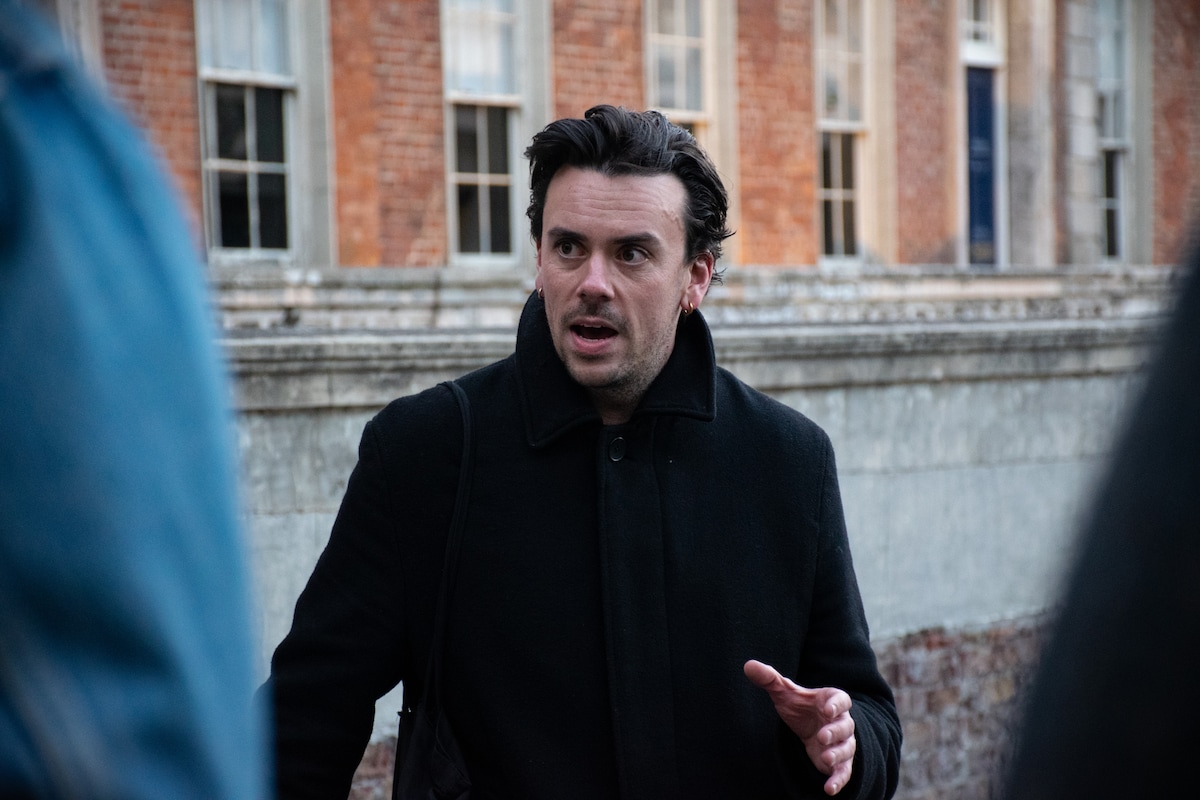
Dark Dublin Walking Tour w/ Ghosts, Ghouls, & Gore
Sun, Jan 11 • 6:00 PM
Dublin, County Dublin, D02 CX67, Ireland
View details
Nearby restaurants of National Museum of Ireland-Decorative Arts & History
Social Fabric Cafe
Fish Shop
L. Mulligan Grocer
Walsh's
PHX Bistro
Grano
SLICE
Iveagh Bistro
Spice India Stoneybatter
Stone Korea
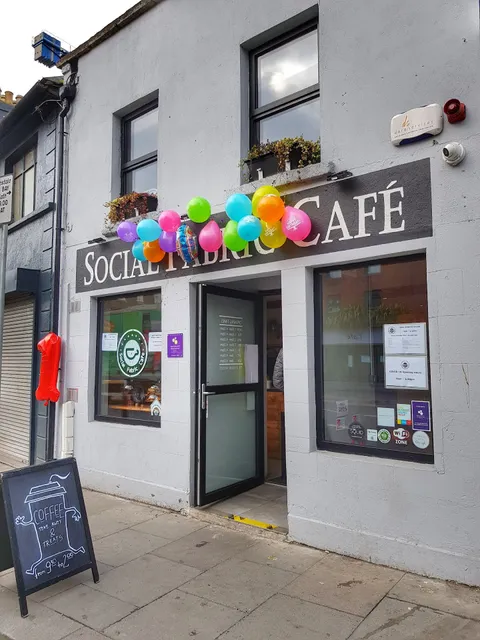
Social Fabric Cafe
4.8
(678)
$$
Closed
Click for details
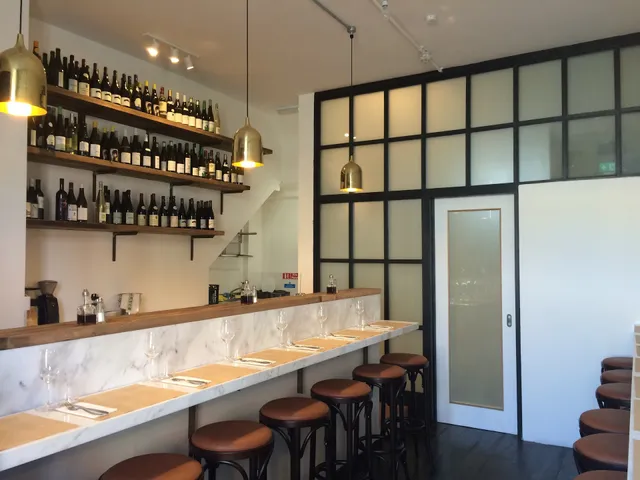
Fish Shop
4.6
(846)
$$
Closed
Click for details
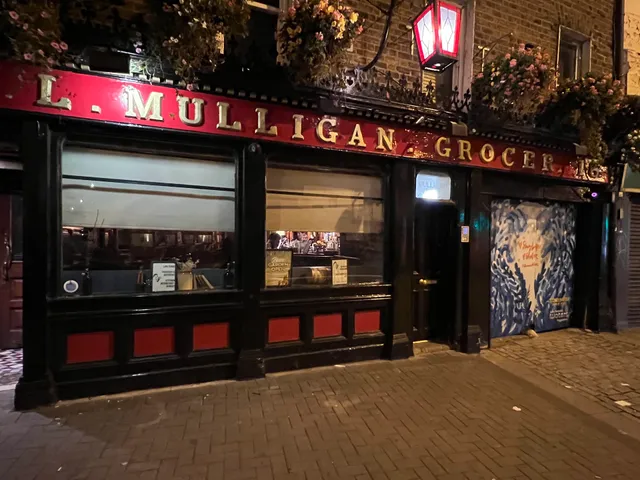
L. Mulligan Grocer
4.5
(789)
$$
Open until 12:00 AM
Click for details
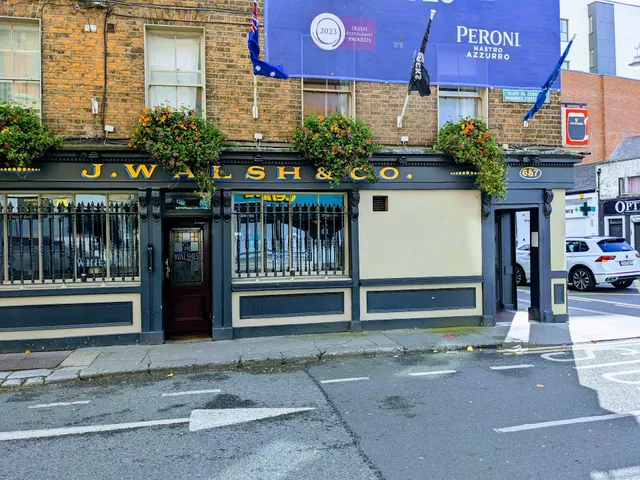
Walsh's
4.7
(736)
Closed
Click for details
